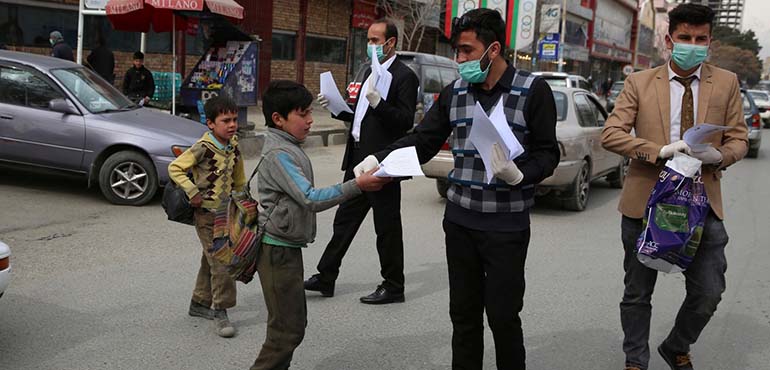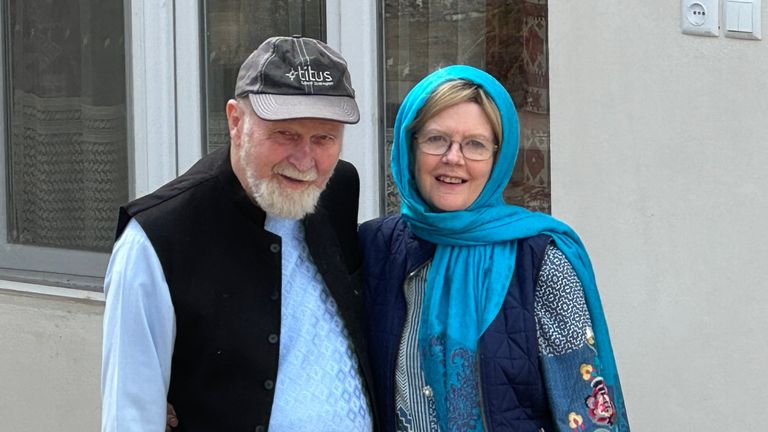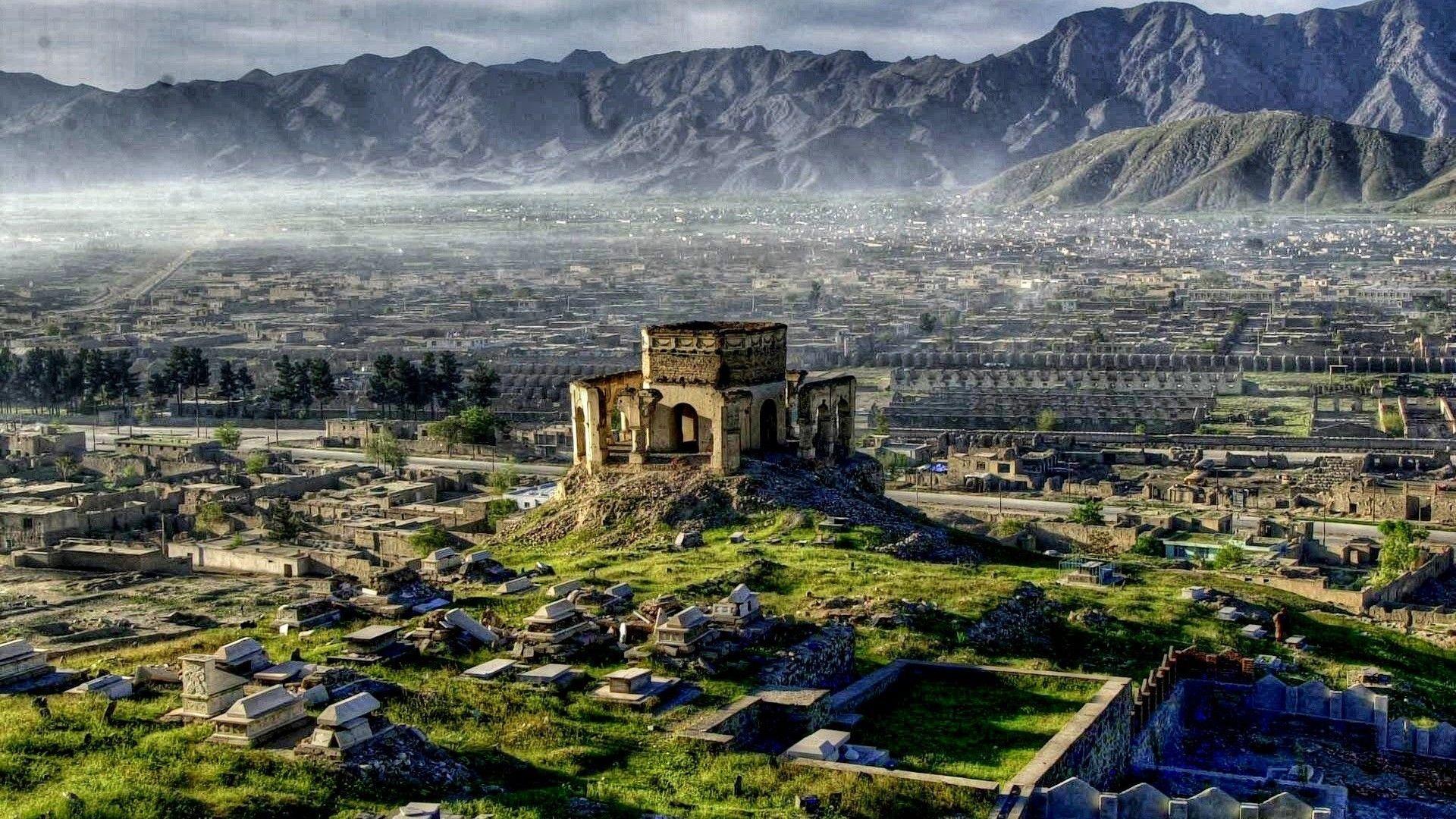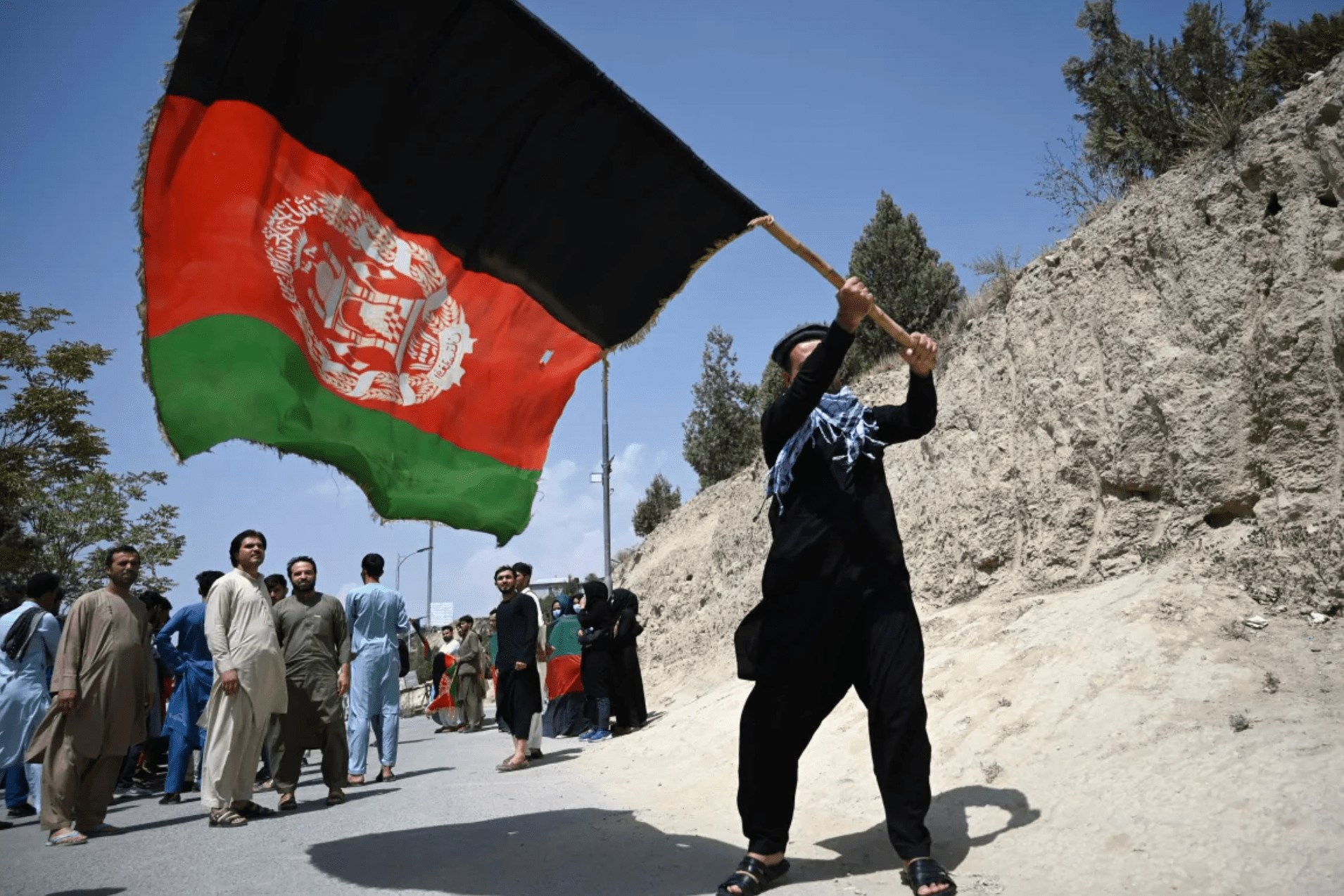COVID-19 Impacts on Afghanistan

More than four million people are at a high immediate risk of COVID-19 pandemic in Afghanistan.
Author: Farid Tavos
The medical system in Afghanistan has significantly changed in the last seventeen years. Even so, Afghanistan's readiness to curb the COVID-19 has been challenged since the country announced its first confirmed case on 24 February 2020. Ever since the number of reported cases in the country has risen. On 22 April 2020, 1,143 confirmed cases of COVID-19 were recorded across the country. At a press conference early this week, Fada Mohammad Peykan, Top official of Public Health, reported a little over 3,000 suspected COVID-19 cases have already been screened in the country thus far. The announcement exposed the shortcomings of Afghanistan in the war against the pandemic. As per the Ministry of Health, the country is critically low of virus testing kits and requires thousands still.
Afghanistan COVID-19 outbreak has triggered the Ministry of Education and the Ministry of Public Health in Afghanistan to ban all public celebrations and have shut down schools to contain the Virus in the country. However, due to various challenges, the control of the pandemic in Afghanistan is complicated. For example, the influx of refugees from the neighbouring countries, mainly Iran and Pakistan. Thousands of people crossed the border from Iran every day in the western province of Herat. In addition, the traditional practice of shaking hands, embracing, and gathering of communities in the mosques that largely remains open, giving rise to concerns of widespread transmission of the COVID-19. Throughout March, more than 150,000 Afghans unexpectedly relocated from Iran, one of the nations hardest affected by Coronavirus. Tens of thousands have already returned from Pakistan, one of the worst affected states in South Asia.
The disease has thus disrupted the flow of humanitarian aid; it has limited the progress of the peace process and has distracted the conflicting parties. The most vulnerable population in Afghanistan is those in conflict-affected areas, the slums, and other refugee camps. In the refugee camp of Afghanistan, where social distancing and sanitization are almost impossible. The main reason why the refugees and IDPs population is more vulnerable to COVID-19 is that the disease weakens the capacity of international institutions to serve conflict-affected areas. According to the World Health Organization, more than four million people are at a high immediate risk of COVID-19 in Afghanistan because the country has been experiencing civil war hence weakening their economy.
Overcrowded slam, the refugee camp also lacks running water, inadequate waste disposal, and lack of sewer lines. After the first cases of COVID-19 in Afghanistan, the government is in total lockdown. Total lockdown will affect the people adversely because the gross domestic income of the country is meagre, and a lot of people depend on the daily revenue for the survivalist. The nation also has a high level of economic insecurity and a low level of social safety in rural areas, which would have a direct negative impact on the delivery of health services. The country desperately needs local labs in provinces to test for COVID-19 and maybe some laboratories that provide a delay in testing, handling and isolating patients to facilities in the rural part of the country. Another issue to consider is the shortage of health care staff. According to the partnership of the World Health Organization, 22.8 qualified health workers per 10,000 people are expected to conduct critical health services in most countries. Additionally, Afghanistan has 0.5 beds per 1000 people, and a total number of 300 ventilators in the country. Coupled with the poor health care system in the country needs more effort to control the pandemic. The new COVID19 hospital built in Herat province is not fully operational due to lack of resources and medical professionals which makes the matter more complicated.
The deposed woman and children stand poised to be the first affected by the economic crisis, with the spread of COVID-19. The outbreak of COVID-19 for Afghanistan also means that the focus of Afghanistan’s international partners has shifted on their dramatic domestic issues, and they have no time to devote to solving the conflict. Coronavirus has changed the social order in Afghanistan, placing significant stress on the society and the political system. The pandemic has many negative consequences on the economy and is straining relationships between Afghan citizens with their government. The catastrophic COVID-19 disease has an economic impact that might sow seed for future disorders. However, some leaders see COVID-19 as the cover of embarking to the foreign global health crisis. The Virus has also significantly affected influential and multiracial organizations.
Conclusively, the outbreak of COVID-19 has proven to be a hazard affecting political, social, and economic levels in the world. Afghanistan's Ministry of Health has estimated that the Virus will potentially infect up to eighty percent of the country and kill at least 110,000 Afghans. According to a former International aid official, the foreign aid community believes that the toll might be even higher, killing a million or so in a nation of 37 million. To rebuild its health care infrastructure, hollowed out by decades of war, Afghanistan desperately needs as much as $2 billion to combat the Virus.
- 2020 Apr - 22







